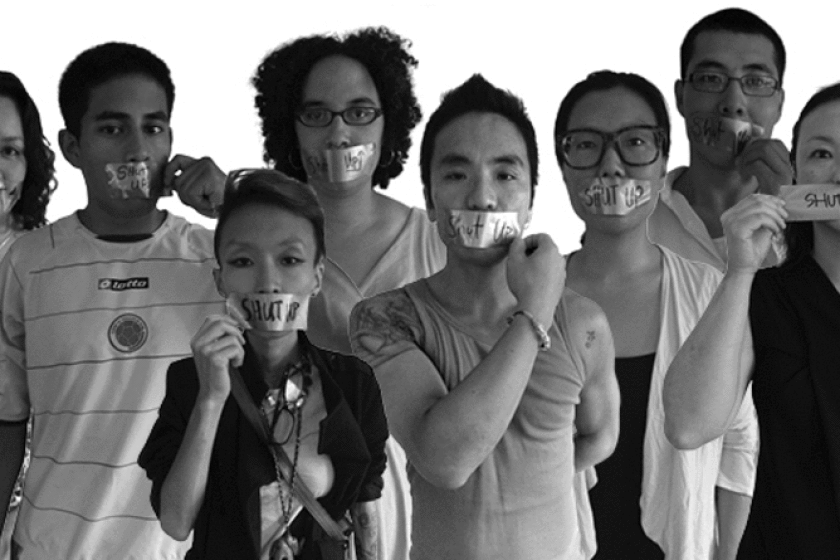80% of Experts Misunderstand this Persuasion Strategy
Revised Ideas on How and When to Be Influential
Influencing people. This objective is the centerpiece of a $10 billion self-improvement market. Billons! It is the theme of my top book recommendation this year, Influence is Your Superpower by Zoe Chance. It is the common denominator of Harvard Business Review’s most popular and impactful business articles over the past 100 years.
If you attend a university, the most recommended courses have one thing in common: helping you become more influential. Dr. Kevin Howley, Professor of Media Studies at DePauw University, speaks at length about learning public speaking.
Regardless of your major area of study, students will be required to present their work in some kind of public forum: a business meeting, research presentation, job talk, etc. A course in public speaking offers students strategies and tactics to gain confidence, connect with audiences, make persuasive and compelling presentations, and, most important, perhaps, develop an altogether different skill set: critical listening.
With this backdrop, it is worth asking whether misunderstandings about influence obstruct opportunities for connection and changing minds.
The Big Question
Imagine volunteers knocking on doors in hopes of drumming up support for a political cause. Take your pick of polarized topics. Gun right policy. Addressing race in grade school. Reproductive rights for women. Unauthorized immigration. Assuming voters come to the door and welcome a pitch, which canvasser is going to most effective/persuasive?
A. someone who matches the voter in race, sex, age, or sexual orientation?
B. someone who differs from the voter in these demographics?
Scientists asked this question to practitioners and scientists with expertise in attitude change, persuasion, and prejudice reduction.
80% of experts answered A.
That is 4 out of 5 experts assumed people are persuaded more by someone with the same demographics as them, especially for a match on race.
And here’s the catch - the hunch of these experts was wrong.
The pundits you see on television shows. The authors of political op-eds in newspapers. Despite Ph.D.’s, university affiliations, best-selling books, and widely viewed TED talks, these characters were wrong about the importance of demographics on influence.
This is why Rule #1 for Persuasive Dissent is not whether you are in the same demographic group as the person you are talking to - it is Demonstrating How Your Past Behavior Has Benefitted the Group (read all 7 Rules).
Trust the Science, Not the Politics of the Scientist
Often individuals are put in a double bind.
Be a vocal ally. Speak out on behalf of people who do not share your demographics. Amplify other people’s voices, especially when there is a huge disparity in power, status, and opportunities
Stay quiet. You cannot represent someone who differs from your demographics. This criticism has been levied at artists, activists, and educators who should “stay in their lane.”
This double bind occurs in workplaces and classrooms. Discovering how to manage this paradox is often left to the individual when it should be a group dialogue.1 I argue for a switch, framing statements into questions.
When do people require someone to match them in race, match them in sex, match them in sexual orientation, and match them in age in order to be motivated to think, feel, and gain new knowledge and wisdom?
Based on the results of 8 separate experiments, researchers found no evidence for the persuasive power of shared demographics.
Home owners open the door to political activists seeking support for policies that reduce discrimination against transgender people (in one set of studies) or undocumented immigrants (in separate studies). Changing the minds of home owners is not influenced by whether a stranger looks like them or is of the same sex, gender, or sexual orientation.
When strangers take part in an online video call with someone of a different political party, they are asked to discuss what constitutes a “perfect day.” Following this conversation, researchers uncovered an impressive increase in warmth and likability towards the other political party. I’ll tell you what doesn’t matter a lick: whether the conversation partner is of a similar race, sex, gender, or sexual orientation. And the results are similar when moving to a conversation about points of political disagreement.
Coda
Sometime between 2040 and 2050, United States Census projections expect nonwhite Americans to be the majority. A rising level of diversity is about to produce a monumental historical moment. Some people worry that this new societal composition is a threat. There are concerns that people will only listen and trust members of their own groups. Across eight scientific studies, psychology offers a far more hopeful future.
Our ability to be influential in conversations does not hinge on demographics.
Humans have the ability to transcend differences.
Humans have the ability to listen to and be persuaded by someone of a different race, sex, age, sexual orientation, and historical background.
It would be useful to remember this knowledge, especially when the outside world tries hard to define us and divide us by demographic identities.
If you enjoyed this issue, please leave a ❤️. For more insights & tools, read The Art of Insubordination: How to Dissent and Defy Effectively. Send thoughts & questions. I love hearing from readers.
Additional Curiosities
Watch or listen to a podcast that extends the popular topic of psychological safety: https://www.unsiloedpodcast.com/episodes/todd-kashdan
Read an amazing article on “Firefighter Syndrome” by Dr. Christopher Frueh, relevant to anyone taking large risks in life and work.
And If You Missed the Last Issue…..
I appreciate the feedback to my controversial post that there’s something better to lead with when describing ourselves to strangers than nouns (such as pronouns and demographics). Read it here:
For more on this topic, I recommend reading Chapter 3: Embrace Paradox in Dolly Chugh’s book, A More Just Future.






